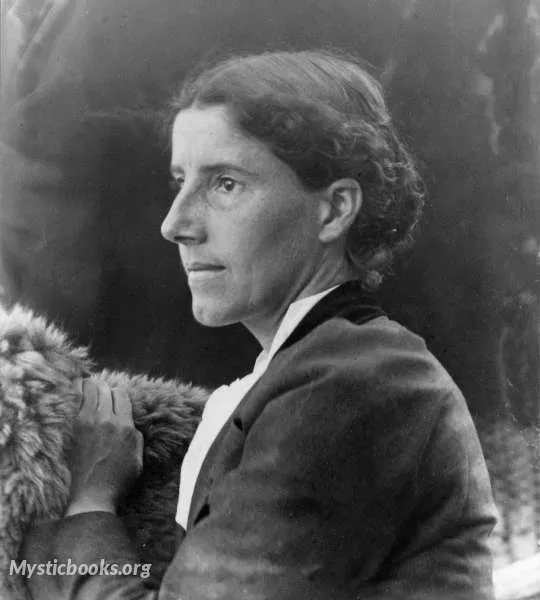
Timeline
Title
Country/Nationality
Charlotte Perkins Gilman
Charlotte Perkins Gilman, also known as Charlotte Perkins Stetson, her first married name, was an American humanist, novelist, writer of short stories, poetry and nonfiction, and a lecturer for social reform. She was a utopian feminist and served as a role model for future generations of feminists because of her unorthodox concepts and lifestyle. She has been inducted into the National Women's Hall of Fame. Her best remembered work today is her semi-autobiographical short story "The Yellow Wallpaper", which she wrote after a severe bout of postpartum psychosis.
Gilman was born on July 3, 1860, in Hartford, Connecticut. Gilman was a writer and social activist during the late 1800s and early 1900s. She had a difficult childhood. Her father, Frederick Beecher Perkins was a relative of well-known and influential Beecher family, including the writer Harriet Beecher Stowe. But he abandoned the family, leaving Charlotte's mother to raise two children on her own. Gilman moved around a lot as a result and her education suffered greatly for it.
Gilman married artist Charles Stetson in 1884. The couple had a daughter named Katherine. Sometime during her decade-long marriage to Stetson, Gilman experienced severe depression and underwent a series of unusual treatments for it. This experience is believed to have inspired her best-known short story "The Yellow Wall-Paper" (1892).
While she is best known for her fiction, Gilman was also a successful lecturer and intellectual. One of her greatest works of nonfiction, Women and Economics, was published in 1898. A feminist, she called for women to gain economic independence, and the work helped cement her standing as a social theorist. It was even used as a textbook at one time. Other important nonfiction works followed, such as The Home: Its Work and Influence (1903) and Does a Man Support His Wife? (1915).
Along with writing books, Gilman established The Forerunner, a magazine that allowed her to express her ideas on women's issues and on social reform. It was published from 1909 to 1916 and included essays, opinion pieces, fiction, poetry and excerpts from novels.
In 1900, Gilman had married for the second time. She wed her cousin George Gilman, and the two stayed together until his death in 1934. The next year she discovered that she had inoperable breast cancer. Gilman committed suicide on August 17, 1935.
Books by Charlotte Perkins Gilman

Herland
Herland is a utopian novel from 1915, written by feminist Charlotte Perkins Gilman. The book describes an isolated society composed entirely of women, who reproduce via parthenogenesis (asexual reproduction). The result is an ideal social order: free...

Moving the Mountain
Moving the Mountain is a feminist utopian novel written by Charlotte Perkins Gilman. It was published serially in Perkins Gilman's periodical The Forerunner and then in book form, both in 1911. The book was one element in the major wave of utopian an...
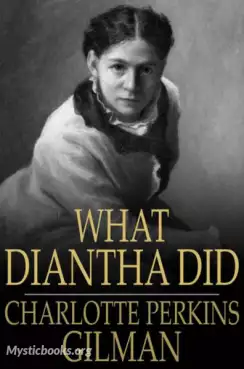
What Diantha Did
Diantha Bell is a normal young woman desiring marriage and a home, but also a challenging career in a new territory which raises many eyebrows and sets malicious tongues wagging. Her effort to elevate housework and cooking to a regulated and even sci...

Our Androcentric Culture, or the Man-Made World
This book explores the ways in which patriarchal systems and beliefs have shaped our society and culture. Gilman's writing is characterized by her incisive analysis of the ways in which gender roles and power structures are constructed and maintaine...
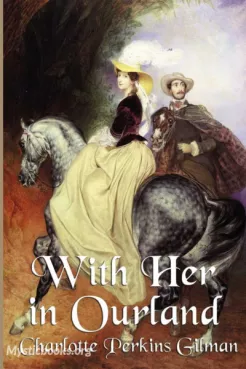
With Her in Ourland
Is a captivating and thought-provoking novel that delves into the depths of societal norms and challenges the very fabric of a seemingly perfect utopia. When Verelst, a spirited and independent woman, stumbles upon an underground resistance movement,...
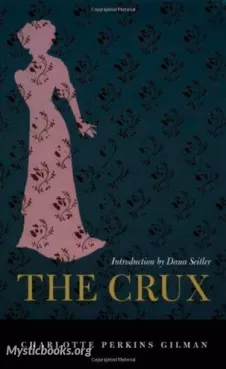
The Crux
In a small, conservative town, Vivian Lane, a young woman with dreams of becoming a doctor, finds herself torn between societal expectations and her own desires. News of her friend Morton's expulsion from college for rebellious behavior sparks inter...

Suffrage Songs and Verses
In a world where women were denied the right to vote, one woman dared to speak out through poetry and song. Suffrage Songs and Verses is a collection of poems and songs by American feminist Charlotte Perkins Gilman. Published in 1911, the collection...

Benigna Machiavelli
Benigna Machiavelli is a delightful fictional autobiography by Charlotte Perkins Gilman, originally published in her monthly magazine, The Forerunner, in 1914. The novel's protagonist, Benigna Machiavelli, is a young girl who decides to emulate her...
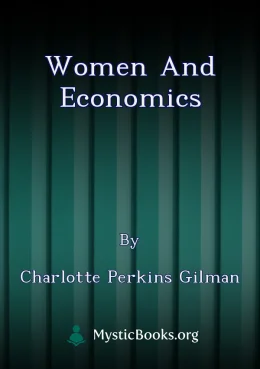
Women and Economics
Women and Economics is a seminal work in the field of gender studies and economics. Published in 1898, it explores the economic relationship between men and women and its impact on social evolution. Gilman argues that the economic dependence of women...